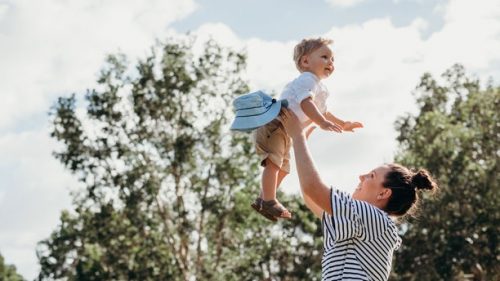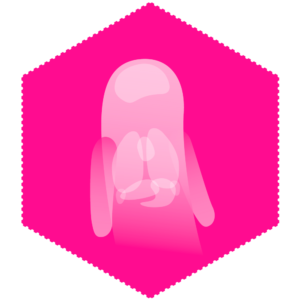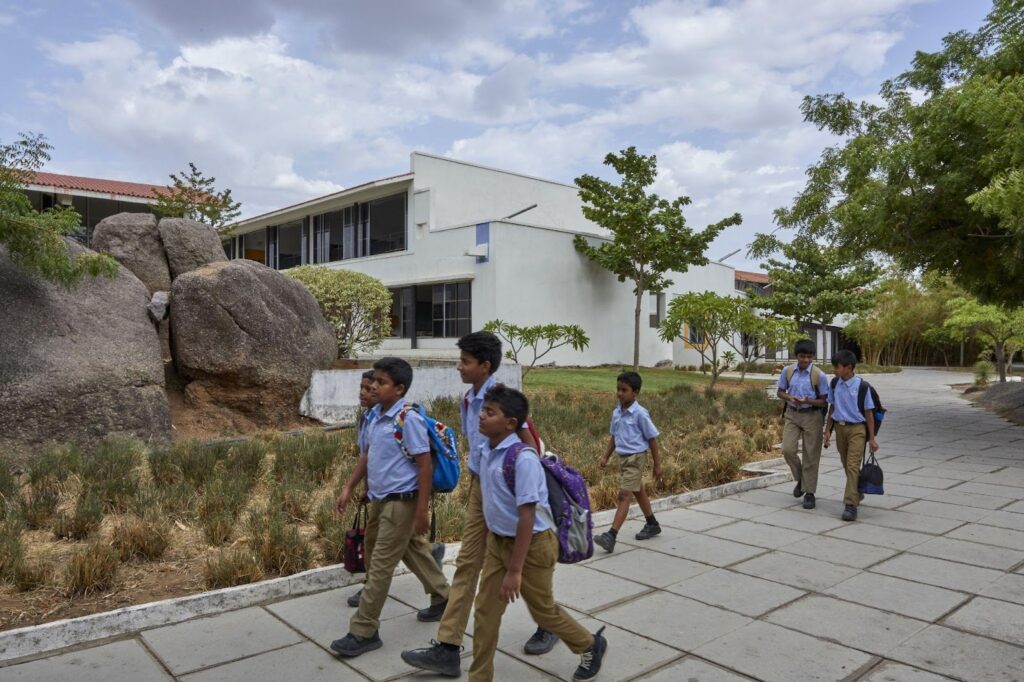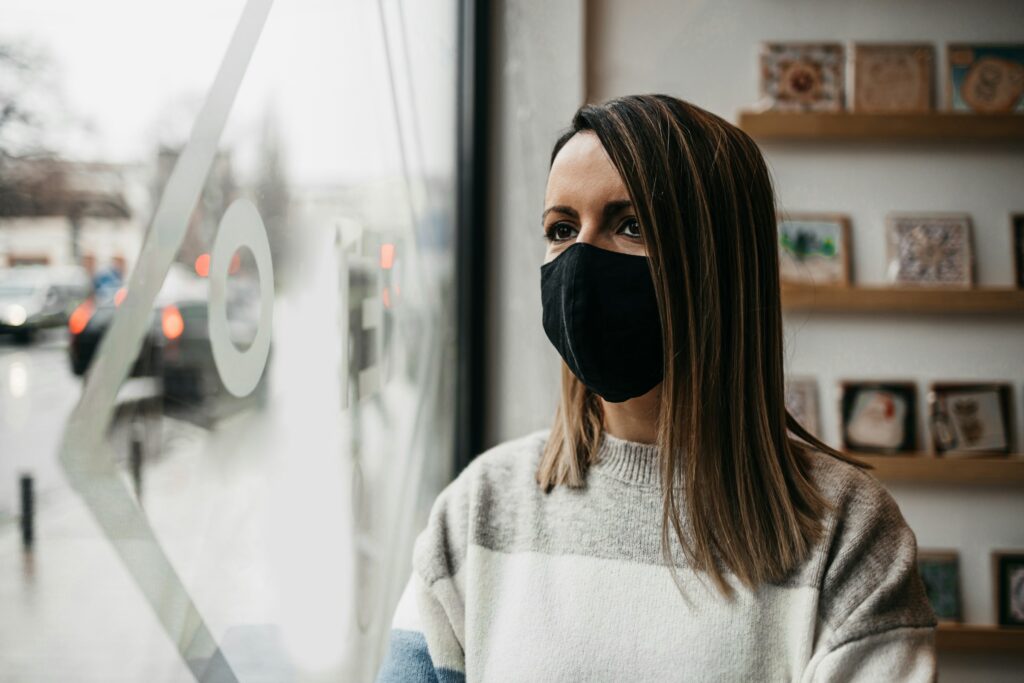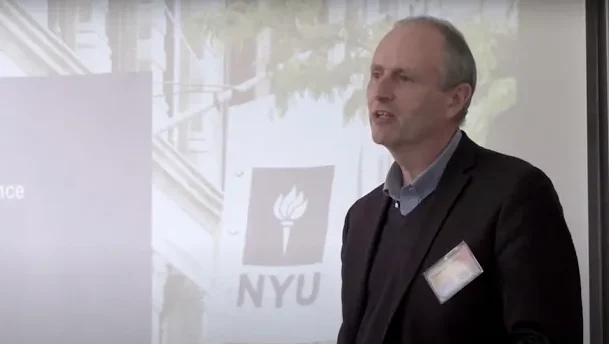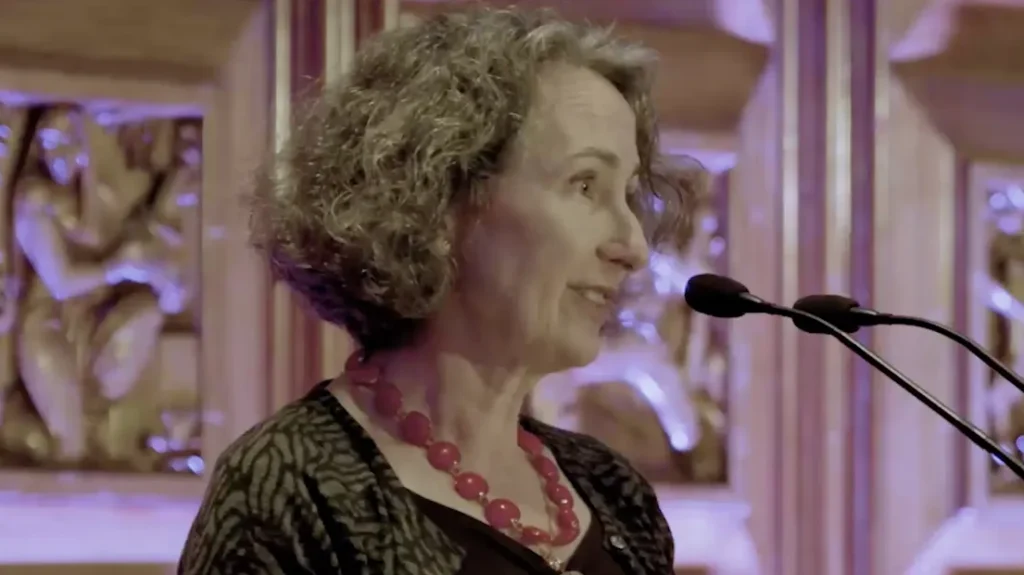Improving the wellbeing of children through infrastructure and services has been Tirana Mayor Erion Veliaj’s most visible project since he was elected in 2015. The initiative is popular with the city’s residents, yet it is hard to quantify how many children have been affected and how meaningfully. Indeed, it is clear that data is the missing ingredient needed to transform a mayor’s favoured cause into a city’s enduring legacy. Starting from relative scratch with data presents big questions of priorities. We conceptualised a list of data indicators for Tirana by posing the following question: “What is the absolute essential data that a city must possess about infants, toddlers, and their caregivers—and the environment around them—in order to make informed budget allocation decisions?”
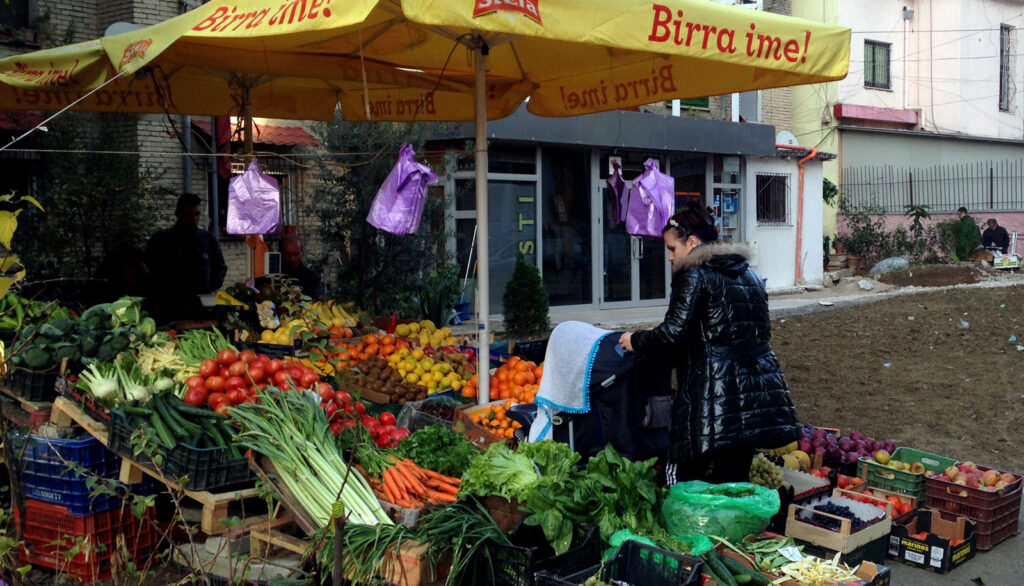
The data package we designed for Tirana begins with a narrow lens to measure the qualities of a city: focusing on issues that pertain specifically to infants, toddlers, and their caregivers (what we are calling “ITC”). As the mantra of child-friendly planning goes, a city that is supportive of a child’s needs will be supportive of every resident’s needs. Our approach within the Urban95 framework is to sharpen that rule-of-thumb even further: intervening to support the needs of ITCs will bear the same positive results as the broader category of “children,” while being focused on an even narrower slice of the population. ITCs are the true “indicator species.”
If a data package is to be short, efficiency comes from alignments with other local and national policy goals. If Tirana adopts our proposed list of indicators, the city will simultaneously work toward meeting three other policy frameworks: UNICEF’s Children’s Rights goals, the UN’s Sustainable Development Goals, which itself has substantially influenced Albania’s National Strategy for Development and Integration 2015–2020 (NSDI)1, the government’s primary document for EU accession requirements.
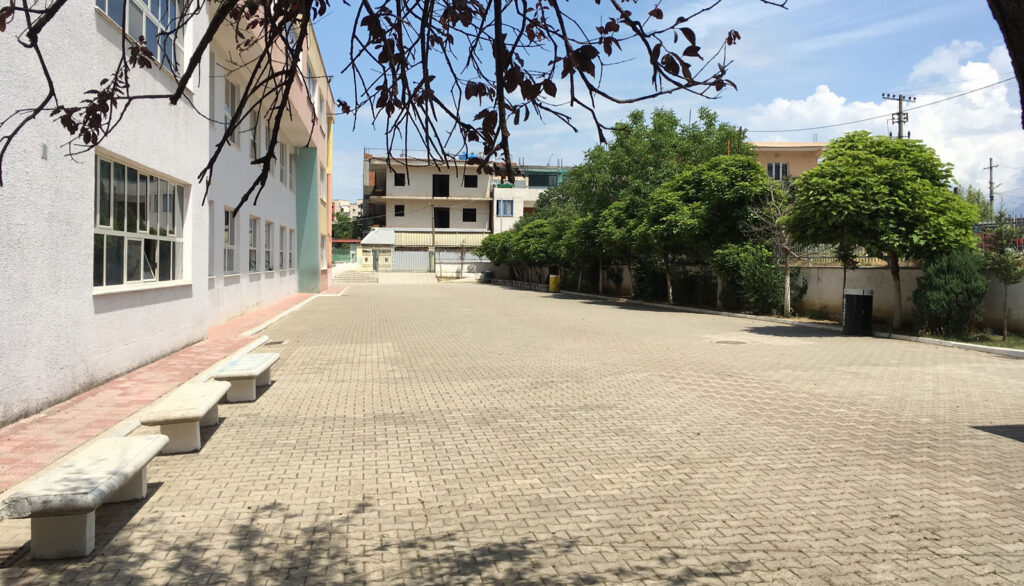
Our package has six dimensions, each covering a group of indicators that can be monitored over time, with initial benchmarks established whenever possible:
- Material wellbeing assesses monetary deprivation at the household level and income inequality by neighbourhood.
- Healthy start to life covers the most pressing issues—infant mortality, breastfeeding, and baby-infant nutrition—especially among the most vulnerable economic groups.
- Education monitors children’s participation in the formal education system, the number of education facilities, and caregivers’ involvement in early childhood development.
- Trauma exposure targets exposure of children and mothers to factors such as partner violence, household drug abuse, and sexual abuse.
- Environment and built environment together monitor infrastructural improvements to make the city more walkable, safe, clean, and healthy.
We based this list on UNICEF’s U-KID Index2 and three previous efforts of the Bernard van Leer Foundation (BvLF) to develop dashboards on the child friendliness of cities. The U-KID Index has four dimensions—“good start to life, protection from harm, education and knowledge, and standard of living.” The Tirana package was tailored further by engaging with municipal stakeholders to identify which concerns were the most pressing for the city. As a result, we did not include an indicator on water and sanitation, for example—as suggested by the U-KID Index—given the municipality’s current efforts in this front.
The seven-tier structure of our list: Indicator, Level, Value, Benchmark, and Collection Agency—was based on the Indicators for Child-friendly Local Development (I-CHILD)3, prepared by Ecorys India Pvt Ltd under the supervision of India’s National Institute of Urban Affairs as part of the Child-Friendly Smart Cities initiative, which was supported by BvLF. Our checklist differs from the I-CHILD checklist, as the latter is tailored to the Indian context, has less of a focus on caregivers, and is aimed more at pushing child rights policies than identifying indicators that can easily be mapped.
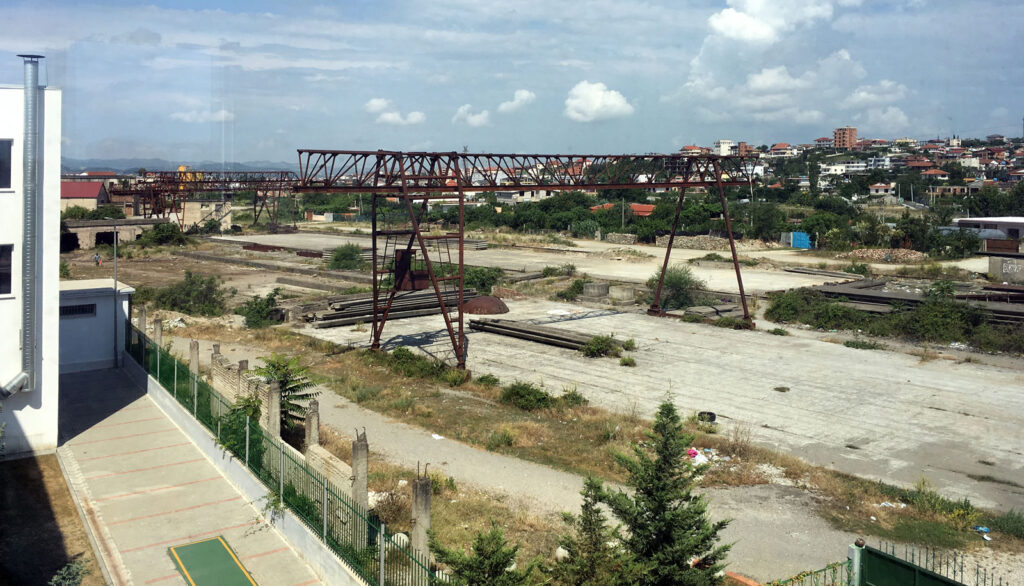
Finally, what makes the Tirana list relatively unique is that we use indicators that can be visualised on maps—meaning they are easily translated to a visual dashboard—a tool that the municipality of Tirana has stated they would like to develop in the near future. After a desk survey of existing models, we concluded that in Tirana a dashboard would be most effective if it was map-based. Every item in our package is deliberately mappable, making the production of a new dashboard from these indicators a clearly defined step-based process.
As the Tirana example shows, the needs and possibilities of data collection will differ from city to city. We believe that even for cities that have established data strategies, a minimal list approach would be an efficient exercise, especially as a way to conceptualise shifting toward infant, toddler, and caregiver-centric indicators without overhauling existing data programs.
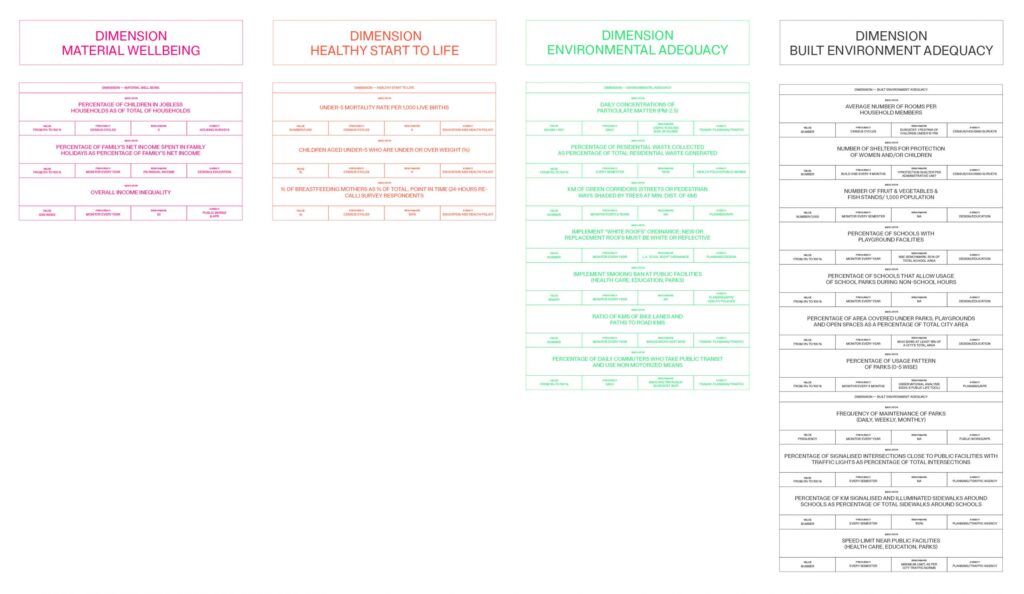
References
The Tirana data list emerged from research conducted by five fellows from the Harvard University Graduate School of Design who were based in Tirana in June and July 2018. 2018 Fellow Laura Lopez Cardenas contributed significant research to the data list. The 2018 fellowship project, entitled “Mainstreaming Infants, Toddlers, and Caregivers in Urban Planning and Development in Tirana,” sought to embed ITC considerations at all levels of municipal decision-making. The fellowship is supported by the Bernard van Leer Foundation.
1 For discussion on Albania’s efforts to link NSDI with the Sustainable Development Goals, see: https://sustainabledevelopment.un.org/content/documents/20257ALBANIA_VNR_2018_FINAL2.pdf
2 kidsrightsindex.org. (2018). The KidsRights Index is the annual global index which ranks how countries adhere to and are equipped to improve children’s rights.. [online] Available at: https://kidsrightsindex.org/ [Accessed 11 Oct. 2018].
3 Smartnet.niua.org. (2018). Indicators for CHIld friendly Local Development: I-CHILD | Smartnet. [online] Available at: https://smartnet.niua.org/content/39de829f-8398-4628-af60-cd5b3aad1261 [Accessed 11 Oct. 2018].

